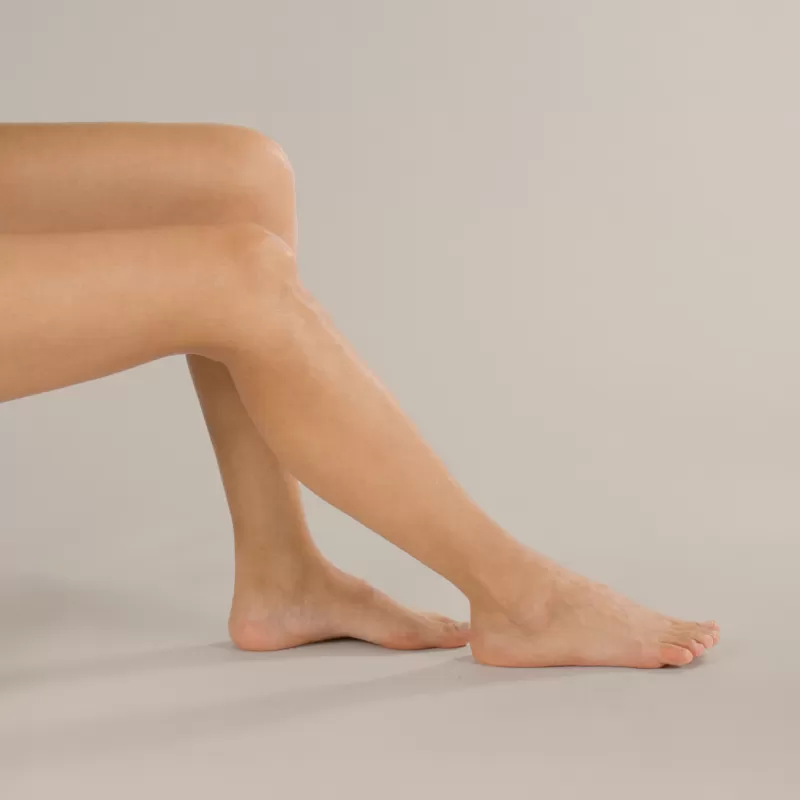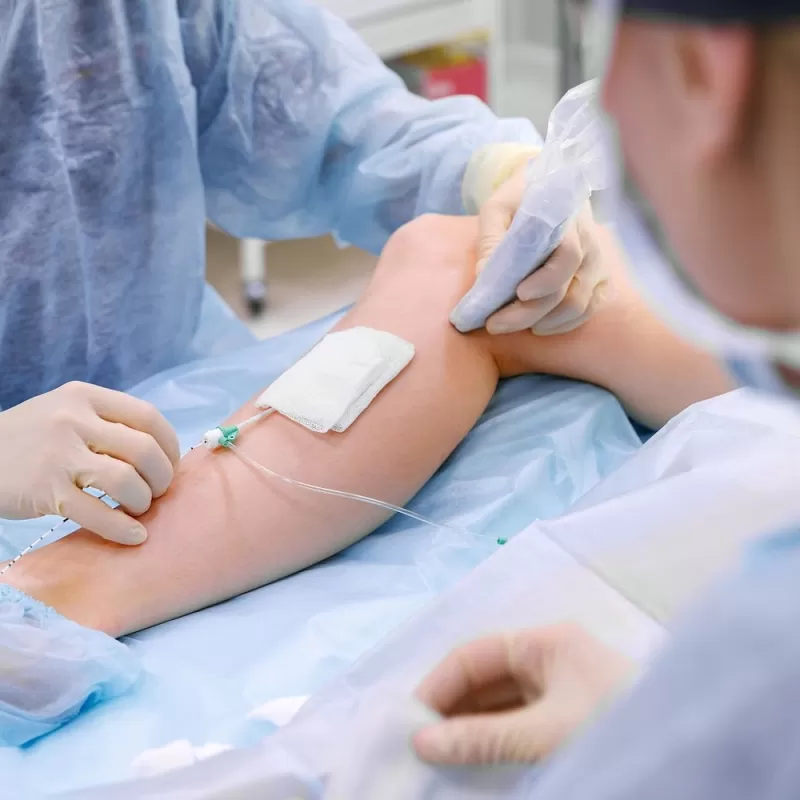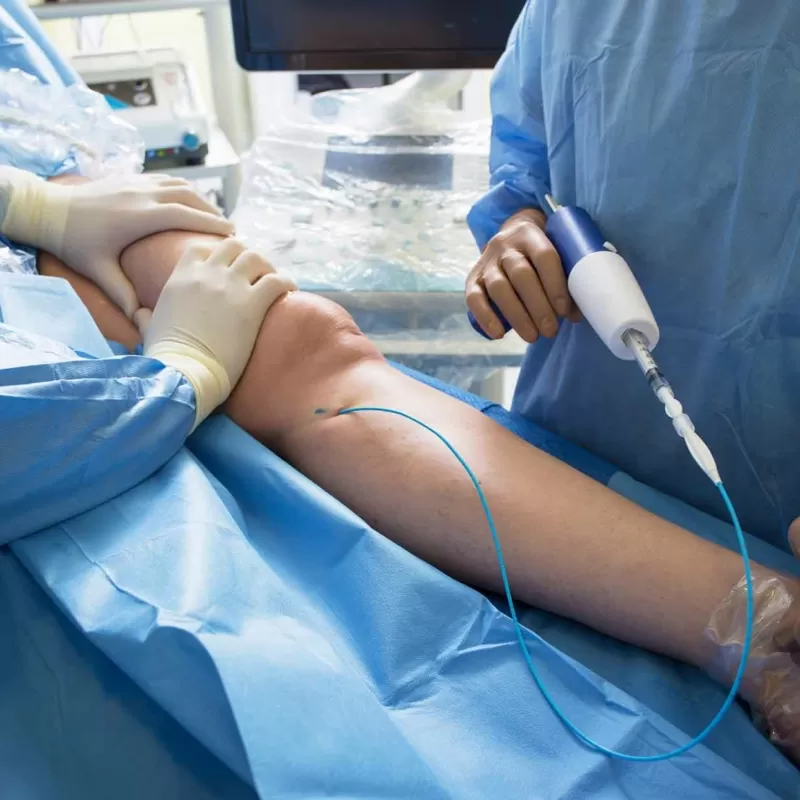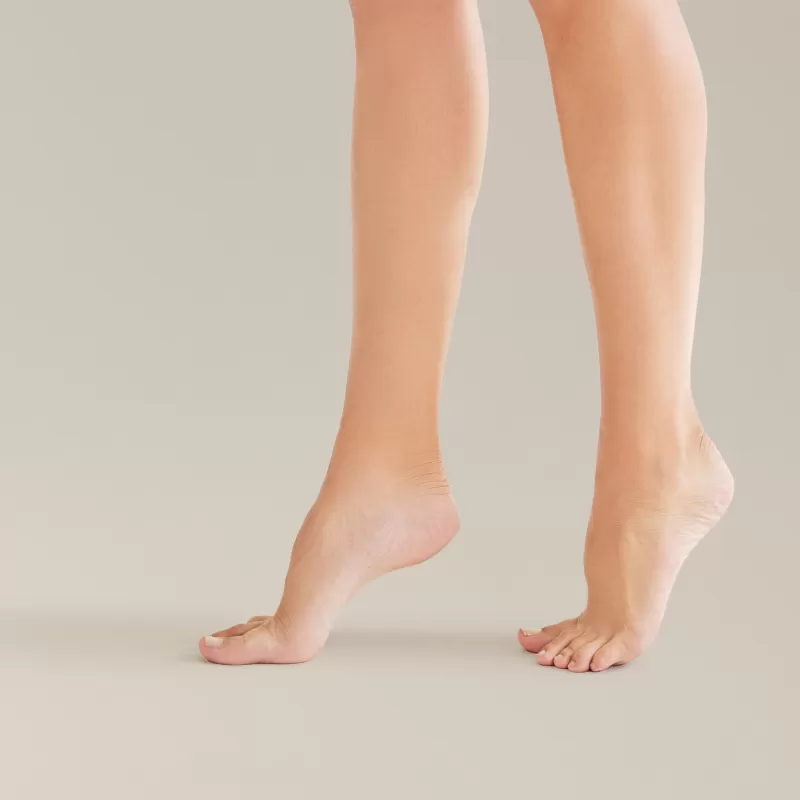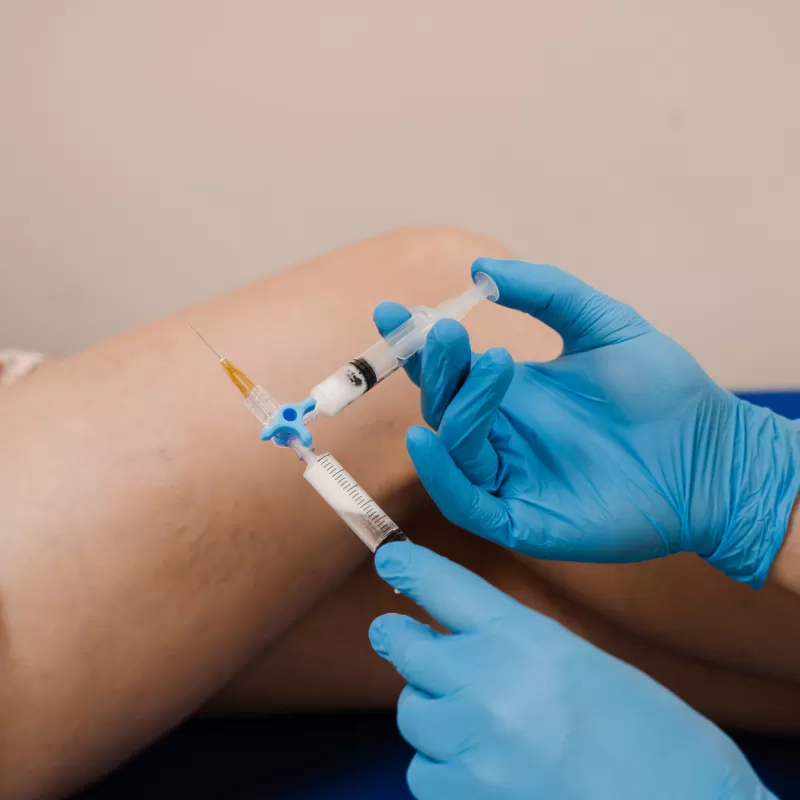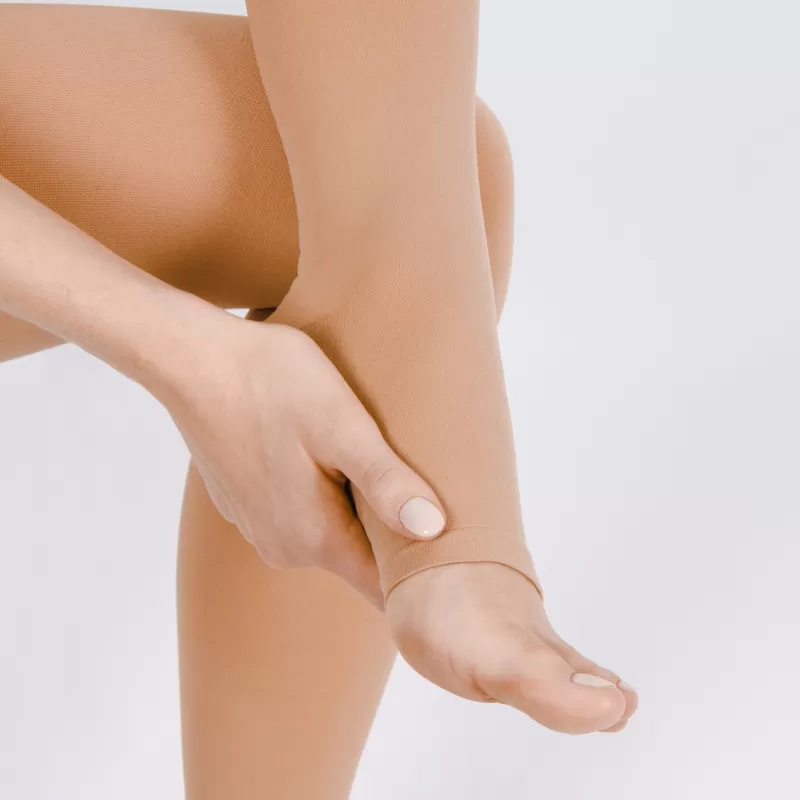Phlebitis and Superficial Thrombophlebitis
Phlebitis and Superficial Thrombophlebitis
Condition
Pain, swelling and discomfort associated with your leg veins? Our vein doctor here at Canberra Vein Care by The R Clinic helps patients with several venous conditions including venous inflammation. Our state of the art, non-surgical treatments help to restore health back to your legs, reducing your painful symptoms.
What is Phlebitis and Superficial Thrombophlebitis?
What is Phlebitis and Superficial Thrombophlebitis?
Phlebitis, or thrombophlebitis, is an inflammation of a vein that causes a blood clot to form. When it affects a vein close to your skin’s surface, it’s called superficial thrombophlebitis. When it affects a deeper vein, it’s called deep vein thrombosis (DVT). Unlike varicose veins, which occur in your legs, phlebitis can also occur in your arms and other parts of the body. The condition can cause pain and irritation, as it prevents proper circulation.
Superficial thrombophlebitis usually subsides quickly and doesn’t cause any serious health concerns, which is very different to deep vein thrombosis. When the inflammation settles, a persistent darkened area of skin (hyperpigmentation) may remain over the affected vein.
What causes Phlebitis and Superficial Thrombophlebitis?
What causes Phlebitis and Superficial Thrombophlebitis?
The most common causes of phlebitis are injury or irritation to the lining of a blood vessel. This may occur after physical trauma, surgery or having medicines given into your vein. If you have a high risk for blood clots, you may develop them for no apparent reason. Other factors, such as underlying medical condition and lifestyle may also contribute to its development.
If you have large varicose veins, your risk of developing phlebitis is higher as those bulging and tortuous veins are prone to minor injury and subsequent inflammation.
How can we help?
How can we help?
At The R Clinic, our vein doctor, Dr Melanie Sung, offers multiple state-of-art, non-surgical varicose vein treatments tailored to your condition. We offer endovascular thermal ablation (including radiofrequency ablation), medical superglue ablation, micro-sclerotherapy, ultrasound guided sclerotherapy, and compression therapy. By offering an alternative to surgery means drastically reduced wait time for treatment, plus minimal downtime associated with these forms of non-invasive treatments means better recovery and outcomes for our patients.
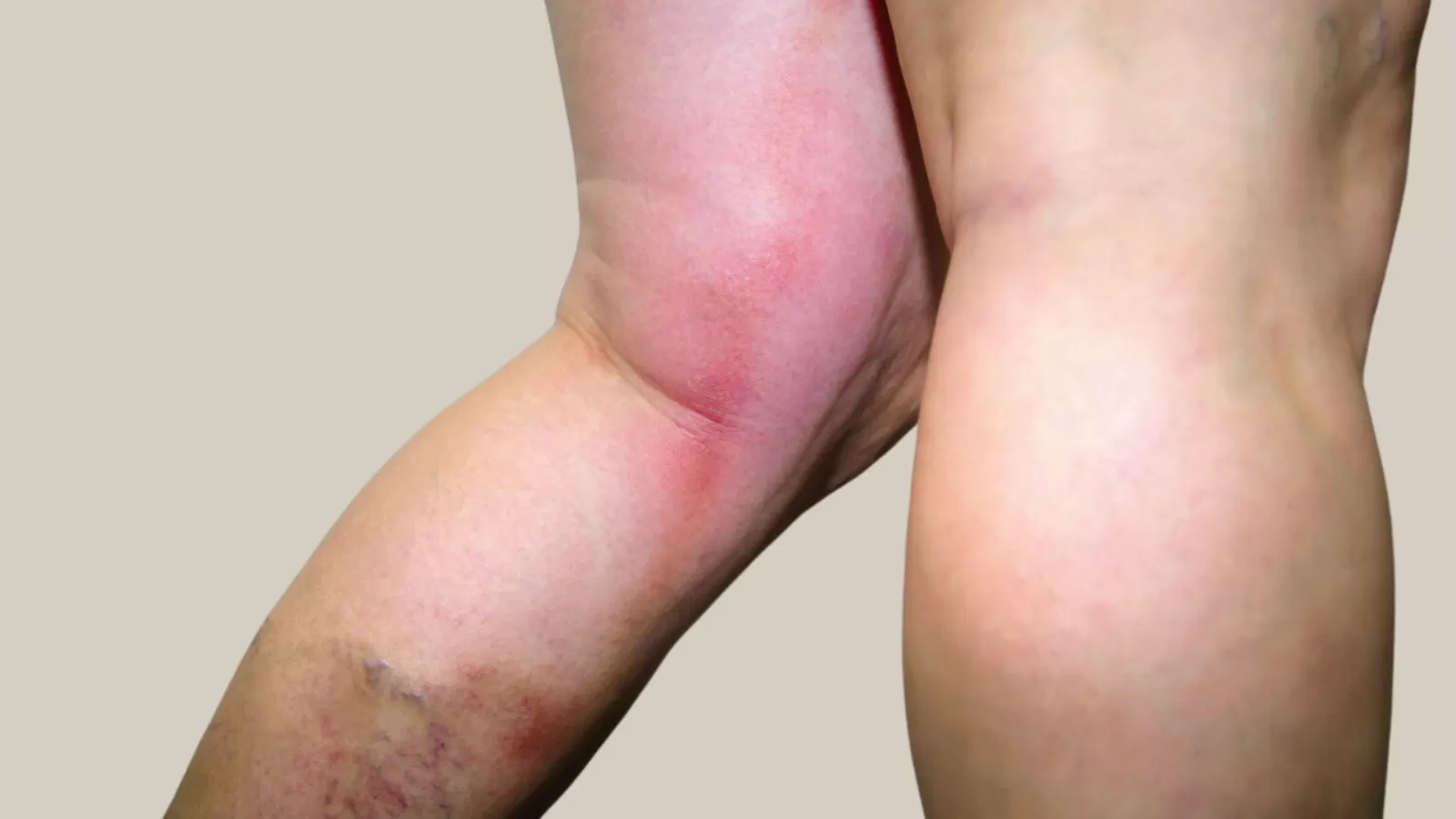
FAQ
Have further questions or want to learn more?
Can superficial thrombophlebitis be prevented?
Prevention is limited though there are some steps you can take to limit your chances of this occurring. Regular walking exercise is always beneficial for good vein health. If you are travelling, make sure to get up and walk around every couple of hours. Move your limbs and stretch regularly if you must sit or lie down for long periods. Stay hydrated. If you have risk factors for Venous Thrombosis such as varicose veins, pregnancy, diabetes, obesity, or oral contraceptives, talk to your doctor prior to undertaking long-haul flights to discuss a low dose of aspirin for your travels.
What can be the potential complications of superficial thrombophlebitis?
Generally, this is a short-term condition that can be resolved without complications or long-lasting side effects. Complications that may arise include cellulitis (skin infection, treated with antibiotics) or progression to Deep Vein Thrombosis, a more serious condition where a blood clot forms in the deep veins of the leg. Aside from these rare complications you can expect a full recovery in 1-2 weeks, though this may take longer if infection is involved. Superficial thrombophlebitis can recur if you have varicose veins.
What is the different between superficial thrombophlebitis and deep vein thrombosis (DVT)?
The main differences between superficial thrombophlebitis and DVT are where the blood clots occur and how dangerous the condition is.
Veins move your blood back to your heart. In deep vein thrombosis (DVT), blood clots develop in the body’s deep veins. Blood clots in the deep veins are dangerous because they can travel to the lungs and stop blood flow (pulmonary embolism). Superficial thrombophlebitis occurs in the superficial veins, closer to the skin. It’s typically a less dangerous condition than DVT.
Who does superficial thrombophlebitis affect?
Anyone can get superficial thrombophlebitis. The condition is more likely to occur in people who:
- Are more than 60 years of age.
- Are pregnant or recently gave birth.
- Had surgery recently.
- Have cancer, heart failure or respiratory failure.
- Have obesity.
- Have varicose veins or venous disease.
- Smoke.
What are the risks factors for thrombophlebitis?
- Cancer or liver disease
- Deep vein thrombosis
- Disorders that involve increased blood clotting (may be inherited)
- Infection
- Pregnancy
- Sitting or staying still for a prolonged period
- Use of birth control pills
- Swollen, twisted, and enlarged veins (varicose veins)
What are the treatments for phlebitis?
For superficial thrombophlebitis, your doctor might recommend applying heat to the painful area, elevating the affected leg, using an over-the-counter nonsteroidal anti-inflammatory drug (NSAID) and possibly wearing compression stockings. The condition usually improves on its own.
For more serious condition, your doctor may prescribe medicines (anticoagulants) to thin your blood. Antibiotics are prescribed if you have an infection.
Surgical removal (phlebectomy), stripping, or sclerotherapy of the affected vein may be needed. These treat large varicose veins or to prevent thrombophlebitis in high-risk people.

